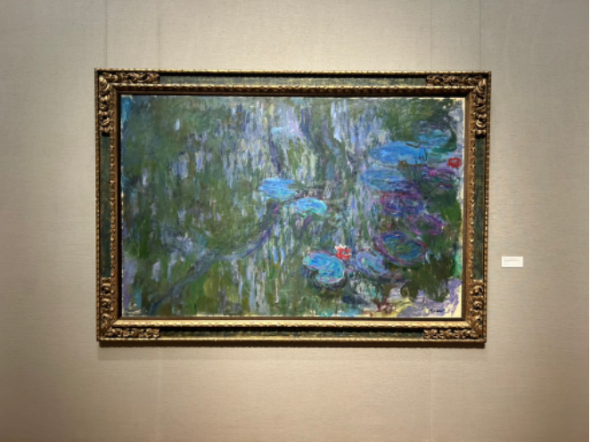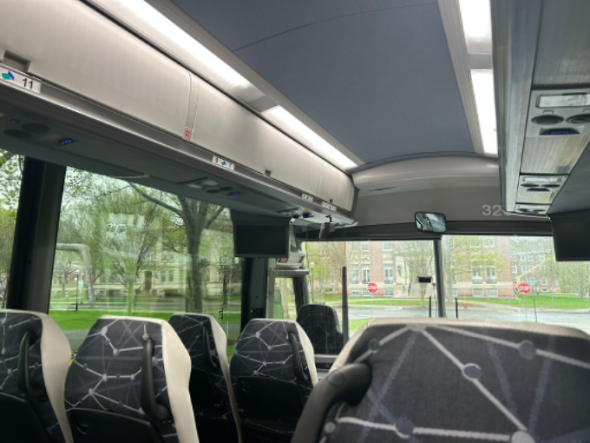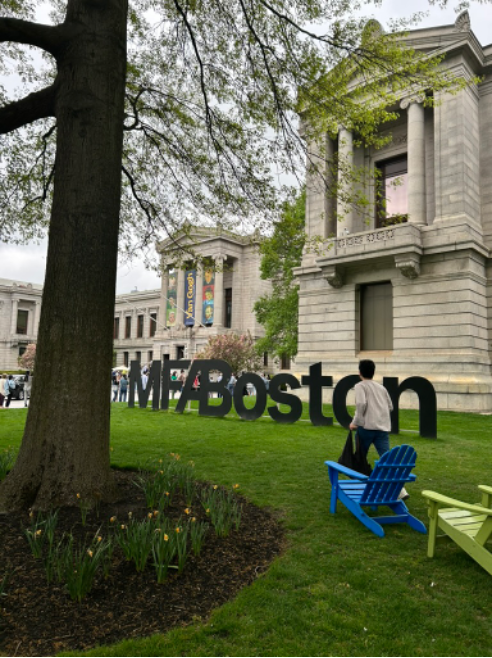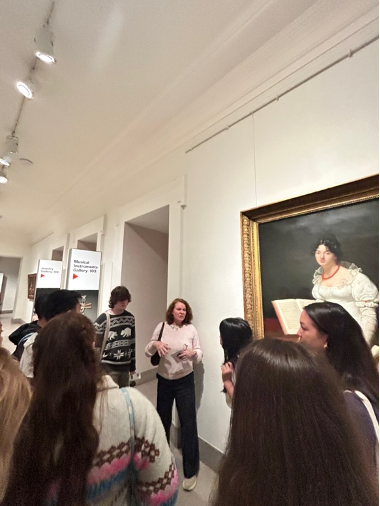
A Field Trip to Paris in the 19th Century
Recently, my first-year seminar (FYS) class experienced a change of location—to the Boston Museum of Fine Arts.
Although FYS classes don't count for major credit or any distributive requirements, each class is rooted in a department, and in this way, we get to explore fields we wouldn't normally have the option to. The options range from Classical Studies, to African and African American Studies, to Engineering Sciences. I decided to come out of my comfort zone (I am not at all an artsy person) and take an art history seminar, 'Paris in the 19th Century.'
FYS are a follow up of either Writing 5 or the Writing 2-3 progression, allowing us to further refine and hone our writing and analytical skills. Additionally, they introduce us to the resources that the library offers, both online and in-person. They are conducted and held in a unique way to other classes on campus. Classes are capped at a maximum of 16 students, meaning we have the opportunity to firstly go into in-depth discussions with peers, and secondly form strong relationships. Through peer reviews, written analysis and personalized time with the professor, these classes prepare us for upper-level seminar classes, and emphasize the importance of writing in all disciplines. A key element that I have gained from my writing and seminar class is the importance of revisions in academic work—with comments from peers and professors we can revise our work multiple times before submitting a final draft.

At the beginning of term, my professor informed us that we would be taking a class trip to Boston, specifically the Museum of Fine Arts. Our focus there would be on the 'Van Gogh: Roulin Family Portraits' exhibit, but we were to also look through the MFA's renowned collection of Impressionist art in its permanent galleries.
And so, this Sunday, my class, along with another art history class, had a bright and early meet time of 8am to get on a coach to the museum. Luckily, snacks were provided to boost our energy levels. The drive was about two and a half hours, dropping us off right outside the MFA. As Dartmouth is a member institution, anyone with a Dartmouth ID can get free entry to the museum, as well as any exhibits.

We had about two hours to wander through the permanent exhibitions, starting off with our professor walking us through the Monet exhibit and giving us key points. After that, I headed into the 'Art of Europe' sculptures room.

After a quick bite to eat, our class entered the Van Gogh exhibit. It was truly fascinating to read letters addressed to him and from him, analyze paintings from different time periods, and have discussions with my classmates. Actually seeing in person what we were learning about in class really adds to the overall experience, making it that much more engaging and interesting.

All in all, this was a very successful and enjoyable field trip. With a total trip time of nine hours, it reminds us that Boston is very accessible, even just for a day trip. Although our local Hood Museum has access to a huge variety of paintings (our professor is taking us to see the Monet's on loan soon), it is lovely to make a trip to the big city and immerse ourselves in world-class collections, bringing our classroom discussions to life.

















